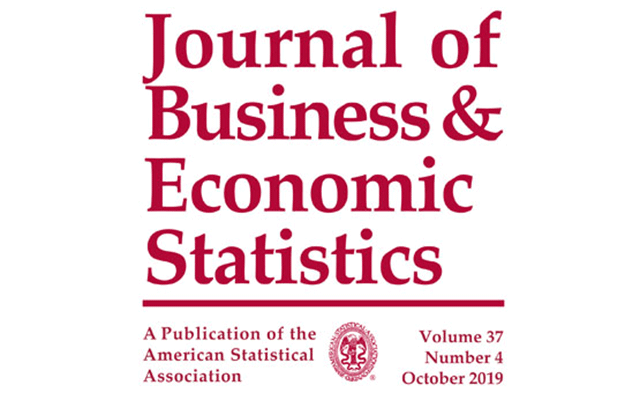
Abstract
In this article, we propose methods to construct confidence intervals for the bias of the two-stage least squares estimator, and the size distortion of the associated Wald test in instrumental variables models with heteroscedasticity and serial correlation. Importantly our framework covers the local projections—instrumental variable model as well. Unlike tests for weak instruments, whose distributions are nonstandard and depend on nuisance parameters that cannot be consistently estimated, the confidence intervals for the strength of identification are straightforward and computationally easy to calculate, as they are obtained from inverting a chi-squared distribution. Furthermore, they provide more information to researchers on instrument strength than the binary decision offered by tests. Monte Carlo simulations show that the confidence intervals have good, albeit conservative, in some cases, small sample coverage. We illustrate the usefulness of the proposed methods in two empirical situations: the estimation of the intertemporal elasticity of substitution in a linearized Euler equation, and government spending multipliers.
Supplementary materials for this article are available online. The online appendix contains the proofs, further theoretical and Monte Carlo results, and the description of the datasets used in the present article. Replication code is available on the journal’s website.

Gergeley Ganics ’12 is a researcher at Bank of Spain. He is an alum of the Barcelona GSE Master’s in Economics.
